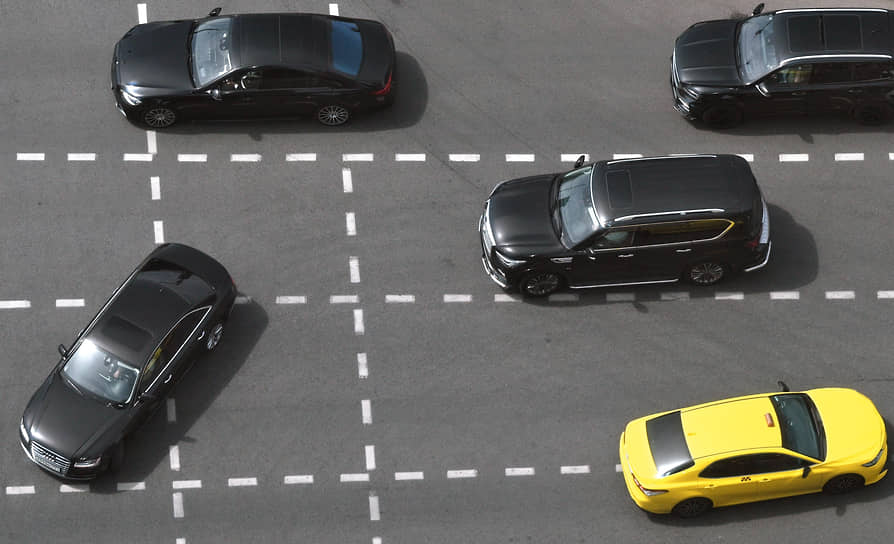What is known about the launch of autonomous vehicles in the capital
The full-scale launch of driverless taxis in Moscow will take place in 2026. This was announced during the plenary session of the “Digital Solutions” forum. According to the announcement, commercial companies are already working on the technology, but full implementation will only occur after all necessary tests have been completed. The cabin of the autonomous vehicle will still contain a test driver who will monitor safety and can take control in case of an emergency situation.
Driverless taxis can be ordered in the same way as regular taxis, through an application: “Our robotaxis are already operating in Innopolis and ‘Sirius’. This year we will begin internal company testing in several districts of Moscow. The service will become available to users next year through the application. The ordering process will generally be the same as for regular taxis. About 150 vehicles will hit the capital’s roads in 2026. We don’t expect any particular difficulties in their operation, aside from typical factors affecting traffic safety, such as snow, ice, or limited visibility. Our technology generally handles these confidently and continues to improve.”
Development of autonomous vehicles began back in late 2016. The first test rides for passengers became possible in summer 2023, when a robotaxi service with 40 pickup points was launched in the Yasenevo district of the capital. There should be no difficulties with the full implementation of driverless taxis in Moscow: “When discussing the readiness of the capital’s infrastructure for implementing driverless taxis, it should be noted that the infrastructure doesn’t really need any preparation. After all, driverless taxis have been trained for several years on the existing city street network, so they’re ready to use it. However, when discussing the challenges of introducing such technology in a metropolis, public reaction can be noted. First is the attitude of drivers, because driverless taxis will behave somewhat strangely to them: they brake early, change lanes differently than a human would. And of course, there’s passenger reaction. Everything will depend on that too, but I think people will quickly get used to it and will enjoy riding in driverless taxis.
The level of information security for such transport infrastructure objects is quite high, and it would take significant effort to hack a driverless taxi. I’m confident that in case of such an incident, there is a specific protocol of actions. Considering that the vehicle will now be moving with a test driver in the cabin, this will all be refined, security will be enhanced, and overall no problems should arise.”
According to available data, during previous experiments, driverless taxis completed over 100,000 trips. A total of 36 accidents involving them were registered, of which only two were the vehicle’s fault. However, the legal framework for launching fully autonomous taxis in the country still doesn’t exist: “A driver will still be present in the vehicle, meaning a person will control the movement of the vehicle on autopilot. This is probably the most important nuance that the proposed changes for 2026 with driverless taxis anticipate.
As for fully driverless taxis, this issue is not yet regulated by traffic rules or by-laws. I haven’t heard that they’ve been adopted yet. I think that based on the results of this experiment, the issue of adopting the necessary documents will be decided. As we know, there have been accidents with autonomous vehicles, including in America. This experience is being actively studied, and companies offering such services in Russia are trying to eliminate these errors. But apparently, to maximize the safety of this type of vehicle, drivers will be present in the car. Of course, this issue needs to be accelerated. Countries accumulating such experience are running ahead of the rest. We need to catch up on this issue and conduct this experiment as quickly as possible, identify all potential problems, and then take the next step when the vehicle will be fully autonomous.”
The world’s first driverless taxis were launched nine years ago in Pittsburgh, USA. According to available statistics, approximately 4,000 incidents involving autonomous vehicles occurred between 2021 and 2024. Injuries were recorded in 500 of them, and fatalities in 83. However, in most cases, human error remains the cause of accidents.





